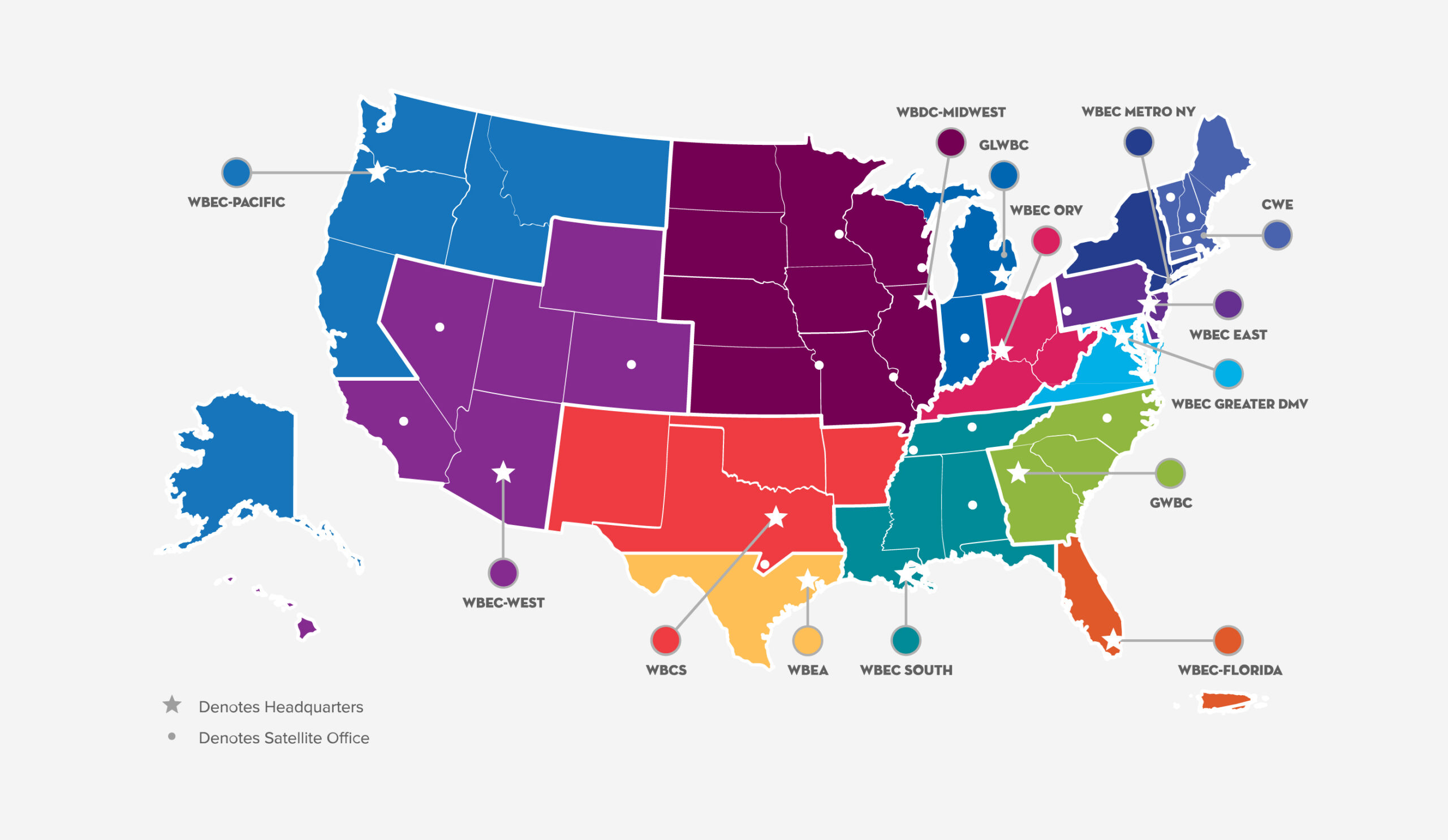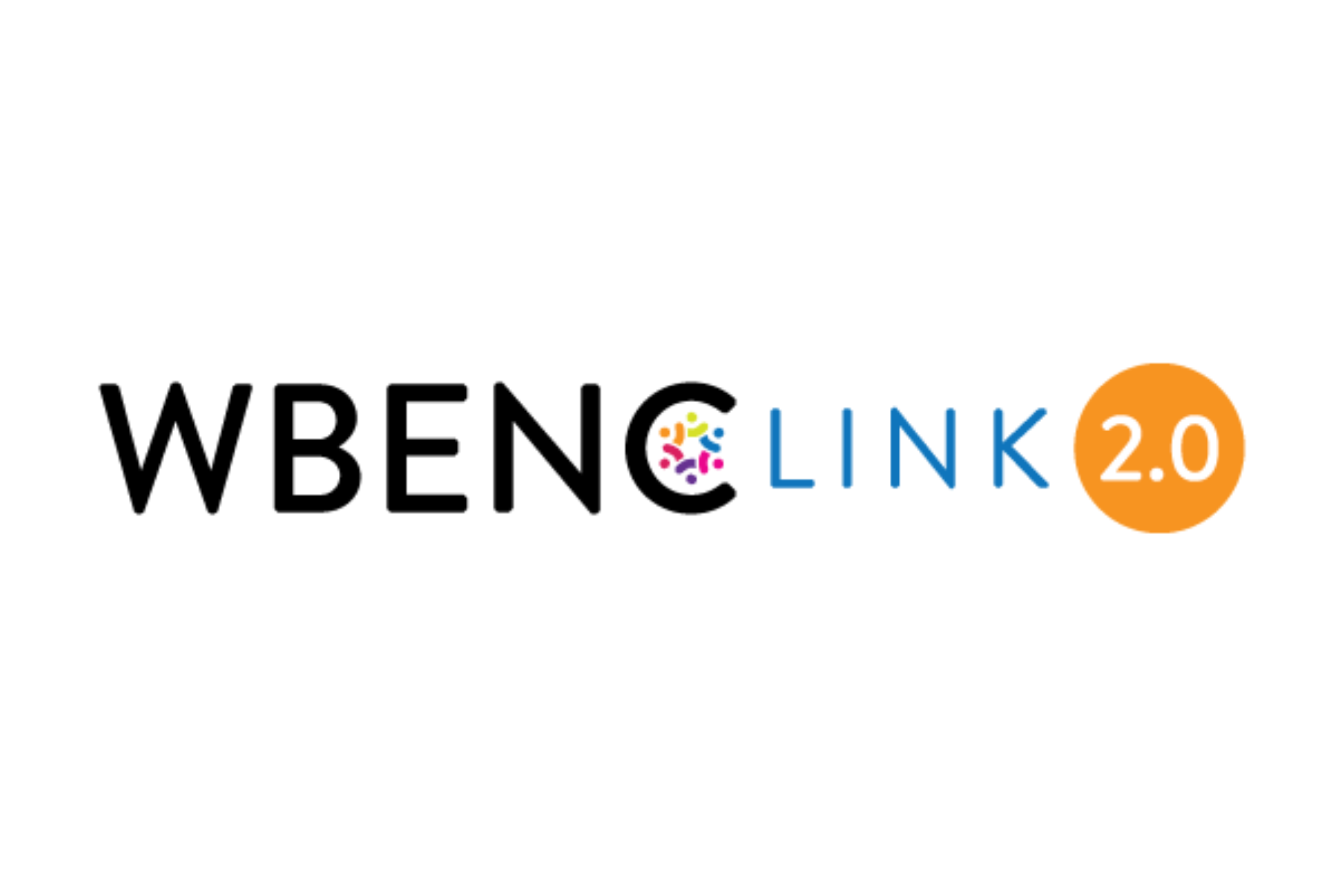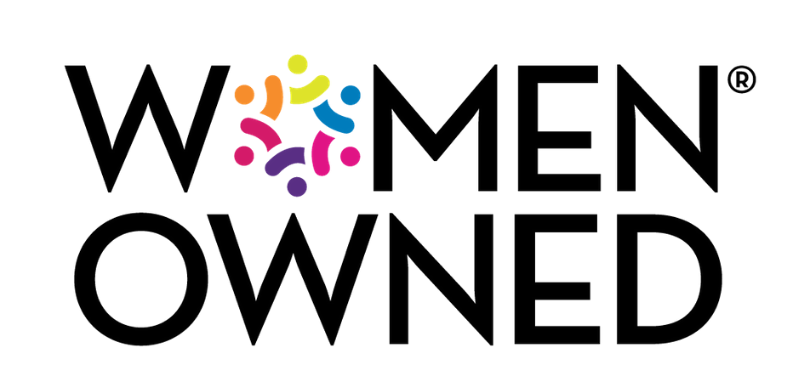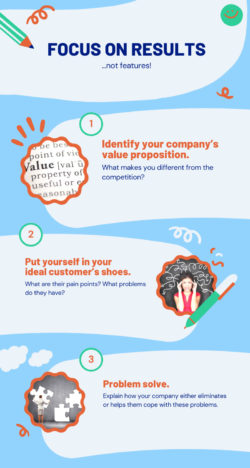Anastasia Yecke Gude, Founder of WBENC-Certified Healing Hands, and Operations Manager Karina Zambrano, on converting your product or business to a “must have.” Healing Hands helps people work happier and healthier through participation in customized wellness programs while also supporting educational, health, and income-generating projects as a B1G1 Business For Good.
People don’t care about features, they care about results.
That is the golden rule I follow for the marketing strategy we use at my company, Healing Hands. In a moment, we’ll get into why that simple phrase can completely change your marketing strategy and your sales performance. But first, let’s understand the difference between offering a product and offering a solution, particularly in B2B sales.
 In our case, Healing Hands provides corporate wellness solutions to employers. The product itself is a corporate wellness program, and positioning it as a solution implies that there’s a problem – one that we can help solve. See what this does?
In our case, Healing Hands provides corporate wellness solutions to employers. The product itself is a corporate wellness program, and positioning it as a solution implies that there’s a problem – one that we can help solve. See what this does?
This converts our product from a “nice to have” to a “need to have.”
As a consumer, you likely have a laundry list of wants; however, you know you should focus on your needs first. By offering our product as a solution, employers are more likely to prioritize our service instead of writing it off as a luxury spend.
CONNECTING WITH BUSINESS IMPERATIVES
Those of us in B2B sectors know that at the end of the day, businesses care most about the revenue they generate. This is why we frame our products in terms of how they can positively impact an employer’s bottom line.
This is stated in our value proposition: “We empower businesses to maximize their profitability by helping decrease healthcare costs, increase productivity, lower turnover, and attract top talent through implementation of our customized employee wellness programs.”
Essentially, we recognize the problem: employers are losing profit to things like healthcare expenditures, burnout, absenteeism, and attrition. We solve this by providing a solution through our customized wellness programs.
Now that’s what an employer cares about. Not the fact that we hire top quality instructors, offer a variety of highly customizable classes, build a branded portal for employees to register for events, etc. Those are features. Clients only care about how we can solve their problem.
Again: people don’t care about features, they care about results.
Once we pivoted our marketing style, we found it was possible to land bigger clients who subsequently purchased more comprehensive wellness programs.
Regardless of the business my fellow WBENC members are in, no matter whether it’s B2B or B2C, I am positive that a marketing style based on solutions as opposed to features can boost your conversion rates.
So how exactly do you go about doing this for your product or service?
- Identify your company’s value proposition: what makes you different from the competition?
- Put yourself in your ideal customer’s shoes and examine their pain points: what problems do they have?
- Succinctly express how your company either eliminates or helps them cope with these problems.
In order for your company to position your product or service as a solution, all you need to do is to make sure your value proposition speaks directly to the problem you solve.
So… what problem is your business solving?






 Co-Author Karina Zambrano is the Operations Manager for the company.
Co-Author Karina Zambrano is the Operations Manager for the company.